No products in the cart.
7 Days : Essaouira – Essaouira
7 Days : Essaouira – Marrakesh – Merzouga – Zagora – Taroudant – Essaouira
Essaouira has long been considered as one of the best anchorages of the Moroccan coast ; Essaouira remains one of the major fishing harbours of Morocco. Essaouira is also renowned for its kitesurfing and windsurfing, with the powerful trade wind blowing almost constantly onto the protected, almost waveless, bay. Several world-class clubs rent top-notch material on a weekly basis. The township of Sidi Kaouki is located 25 km south of Essaouira and is becoming one of the best locations in Morocco for surfing, windsurfing and kitesurfing. There are several businesses in Sidi Kaouki which offer gear rental. The medina and the Jewish quarter (or mellah) is home to many small arts and crafts businesses, notably cabinet making and ‘thuya’ wood-carving (using roots of the Tetraclinis tree), both of which have been practised in Essaouira for centuries. Essaouira presents itself as a city full of culture: several small art galleries are found all over the town. Since 1998, the Gnaoua Festival of World Music is held in Essaouira, normally in the last week of June. It brings together artists from all over the world. Although focussed on gnaoua music, it includes rock, jazz and reggae. Dubbed as the « Moroccan Woodstock » it lasts four days and attracts annually around 450,000 spectators . As we leave to Marrakech,we leave the last signs of the Argan trees. we drive through lush valleys filled with orange groves, ancient olive trees and working farms as we drive to the first palm trees of marrakesh Almoravid Empire. The Marrakesh was founded in 1070 by Emir Abu Bakr ibn Umar as the imperial capital of the city was one of Morocco’s four imperial cities. In the 12th century, The red walls of the city, built by Ali ibn Yusuf in 1122–1123, and various buildings constructed in red sandstone during this period, have given the city the nickname of the « Red City » or « Ochre City ». Marrakesh grew rapidly and established itself as a cultural, religious, and trading center for the Maghreb and sub-Saharan Africa. Jemaa el-Fnaa is the busiest square in Africa. Marrakesh comprises an old fortified city packed with vendors and their stalls. This medina quarter is a UNESCO World Heritage Site. Today it is one of the busiest cities in Africa and serves as a major economic center and tourist destination. Saadian sultans Abu Abdallah al-Qaim and Ahmad al-Mansur, embellish the city with sumptuous palaces such as the El Badi Palace (1578) and restored many ruined monuments. Beginning in the 17th century, the city became popular among Sufi pilgrims for its seven patron saints who are entombed here. Places to visit : 1 – Jemaa el fnaa The Jemaa el-Fnaa is one of the best-known squares in Africa and is the centre of city activity and trade. It has been described as a « world-famous square », « a metaphorical urban icon, a bridge between the past and the present 2 – Souks Marrakesh has the largest traditional market in Morocco and the image of the city is closely associated with its souks principal shopping attraction, historically the souks of Marrakesh were divided into retail areas for particular goods such as leather, carpets, metalwork and pottery. 3 – City gates and walls – The ramparts of Marrakesh, which stretch for some 19 kilometres – around the medina of the city, were built by the Almoravids in the 12th century as protective fortifications. The walls are made of a distinct red (ochre) , giving the city its nickname as the « red city »; they stand up to (5.8 m) high and have 20 gates and 200 towers along them. – Gates : Bab Agnaou , Bab doukala,Bab lkhmis,Bab e-rob, Bab adbagh. 4 – Gardens – The Menara gardens are the botanical gardens to the west of Marrakesh – The Majorelle Garden, on Avenue Yacoub el Mansour, was at one time the home of the landscape painter Jacques Majorelle – The Agdal Gardens, south of the medina and also built in the 12th century, are royal orchards surrounded by pise walls – The Koutoubia Gardens are behind the Koutoubia Mosque. They feature orange and palm trees 5 – Palaces – The El Badi Palace flanks the eastern side of the Kasbah. It was built by Saadian sultan Ahmad al-Mansur – The Royal Palace, also known as Dar el-Makhzen, is next to the Badi Palace. – The Bahia Palace, set in extensive gardens, was built in the late 19th century by the Grand Vizier of Marrakesh, Si Ahmed ben Musa 6 – Tombs – The Saadian Tombs were built in the 16th century as a royal necropolis for the Saadian sultans and their family members. It is next to the south wall of the Kasbah Mosque – The medina holds the tombs of the seven patron saints of the city, which are visited every year by pilgrims 7 – Mellah – The Mellah of Marrakesh is the old Jewish Quarter (Mellah) of the city, located is in the kasbah area of the city’s medina, east of Place des Ferblantiers. It was created in 1558 Morning after breakfast we continue across the Tizi-n-Tichka Pass (2260m). Stopping along the way for photos and enjoying the panoramic views of High Atlas Mountains along with Berber villages, through kasbah telouet, is a Kasbah along the former route of the caravans from the Sahara over the Atlas Mountains to Marrakech. The kasbah was the seat of the El Glaoui family’s power, thus sometimes also called the Palace of Glaoui, The passage of the merchant caravans, which connected the desert with the large cities situated on the other side of the Atlas, and the proximity of the salt mines, made the wealth of the Pashas inhabiting Telouet. Leaving early in morning ouarzazate ,through skoura(Skoura is a fertile oasis lined with immense palm groves. The Kasbah Amerhidil is part of Skoura palm grove alongside more), we arrive to roses valley , stop photos in mgoun river (kasbahs,gardens,bérbér daily…..), River flows through the valley quenching a miraculous, winding path of fruit, walnut, wheat, silver birch and almond trees,we continue to to tinghir , visit gorges of todra(canyons), through tinjdad , arfoud famous for its fossilized marbles we arrive to merzouga and the desert where you can watch the sunset over the dunes. Dinner and overnight at the berber tent in bivouac. Departure to rissani ancient capital of Tafilalet(big oases in africa), A former major caravan center, Rissani remains a major commercial center in the region, with a large souk, particularly lively on Tuesdays, Thursdays and Sundays. It is noted for its leather and goat skin trading. Crossing the draa valley you will admire full small bérbére village along the river , kasbahs ,palms and olives trees , donkeys . The Berber market, called Jnane al-Jaami, sells spices and dried fruits but mostly clothes and household goods. The Arab souk, however, specializes in handicrafts such as terracotta, wrought iron, pottery, brass and copper, leather and carpets, rugs and jewellery. After visiting taroudant medina,we continue to agadir( meaning « wall ) , major city in Morocco. It is located on the shore of the Atlantic Oc ean near the foot of the Atlas Mountains, just north of the point where the Souss River. 7 Days : Essaouira – Marrakesh – Merzouga – Zagora – Taroudant – Essaouira
Through the ounila valley , the Ounila river has transformed the landscape. A rich variety of green crops line the valley floor, contrasting with the rusty red rock of the canyon-like wallswe arrive to ksar ait ben haddou (the UNESCO World Heritage Centre where movies such as Gladiator and Jesus of Nazareth were filmed).
The ksar, a group of earthen buildings surrounded by high walls, is a traditional pre-Saharan habitat. The houses crowd together within the defensive walls, which are reinforced by corner towers. Ait-Ben-Haddou, in Ouarzazate province, is a striking example of the architecture of southern Morocco, we continue to ouarzazate,felming location and the official residence of the Glaoui family (cinema studios , kasbah taourirt).
The mausoleum of Moulay Ali Cherif, third great-grandfather of Moulay Cherif, founder of the Alaouite Dynasty of Morocco, is located on the southern edge of town.Through msissi nkob the beautiful desert and mountainous landscapes, Oasis, kasbah we arrive to tansikht begenning the draa valley adventure , Following traces of river draa , a stunning oasis home to Berber villages, sumptuous Kasbahs , lush green plains , palm trees ,we arrive to zagora overnight.
Agdz lies at the feet of Djebel Kissane and along the shores of the Draa River.
Visit caids kasbah ( tamnougalt) and continue to taznakht via bouazzar along the hamda and rocks mountains , visiting the town of Taznakht. After wandering around its famous traditional Berber handicraft markets,
Continue to taroudant, The town is known as the « Grandmother of Marrakesh » because it looks like a smaller Marrakesh with its surrounding ramparts. In the sixteenth century, the Saadi dynasty briefly used Taroudant as a capital before it moved its royal seat onwards to Marrakesh. Today, the city has the feel of a small fortified market town on a caravan route.
The town walls are nearly 6 kilometres long and are set with bastions and punctuated by nine gates that are still in use.Outside the wall is a small tannery mainly in the business of travel equipment for camel riding, such as goat skin, camel hide sandals, leather bags and belts.
literally « the fortress of the cape », referring to the nearby promontory named Cape IRhir.
Places to visit :
The Casbah : The Casbah (Agadir Oufella), was, along with Founti by the sea, the oldest district of Agadir. An authentic fortress with winding streets and lively, the Casbah was built in 1572 by Moulay Abdallah al-Ghalib. Above the front door; today, the original inscription in Arabic and in English reads: « Fear God and honour the King. »
Old Talborjt : Overlooking the waterfront and Wadi Tildi, this old district was once a shopping area and very lively with its large square where there was a weekly market, hotels, schools, mosque.
Souk El Had : This is the largest market in the region. It has about 6,000 small shops. It is surrounded by walls and has several entrances. It is organized into different sectors: furniture, crafts, clothing, vegetables, meat, spices etc. It is possible to find all kinds of handicrafts and traditional decorations.
La Médina : La Médina is a handicrafts space created in 1992 by the Italian artist Coco Polizzi, at Ben Sergao, a district close to Agadir 4.5 kilometres (2.8 mi) from the city centre. Built using techniques of traditional Berber construction, it is a kind of small open-air museum, on five hectares and home to artisan workshops, a museum, individual residences, a small hotel, and an exotic garden.
Through some deserts villages along the coastal road we arrive to essaouira in the afternoon.
Be the first to review “7 Days : Essaouira – Essaouira” Annuler la réponse
Related products
Marrakech Tours Departures
9 Days : Marrakesh – Rabat – Chefchaouen – Ouarzazate – Marrakesh
Marrakech Tours Departures
6 Days : Marrakesh – Ait Ben Haddou – Merzouga – Meknes – Marrakesh
Marrakech Tours Departures
4 Days : Marrakesh – Ouarzazate – Merzouga – Dades – Marrakesh
Casablanca Tours Departures
Day Trip in Marrakech
Ouarzazate Tours Departures
Day Trip in Marrakech
€29.00
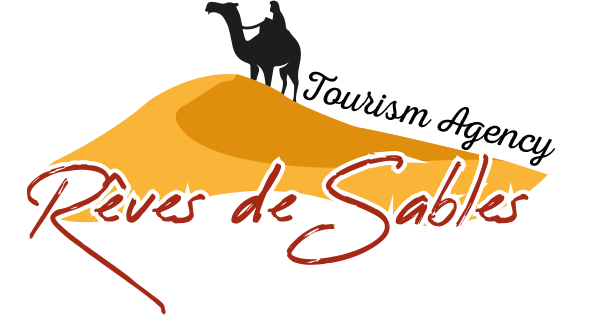
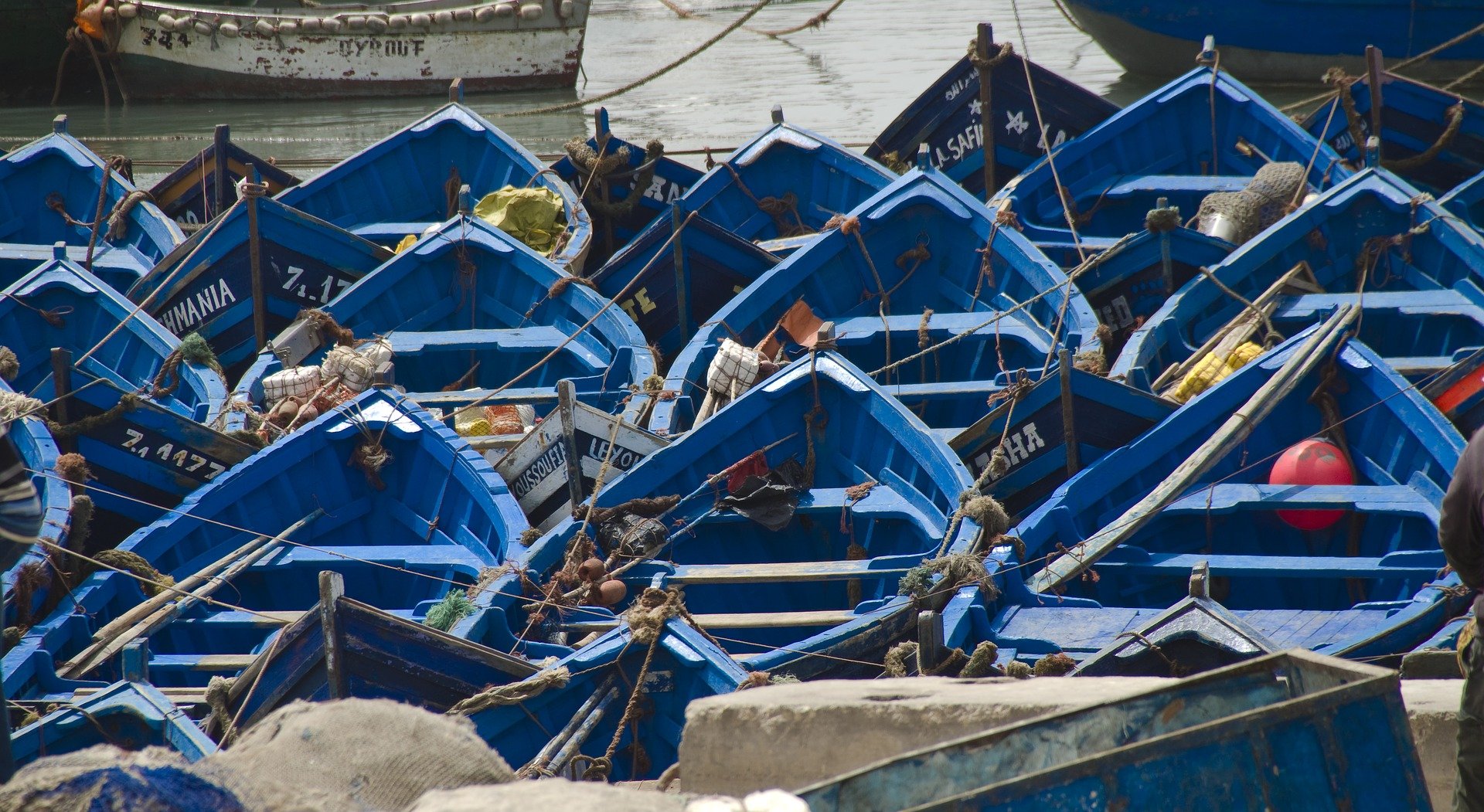
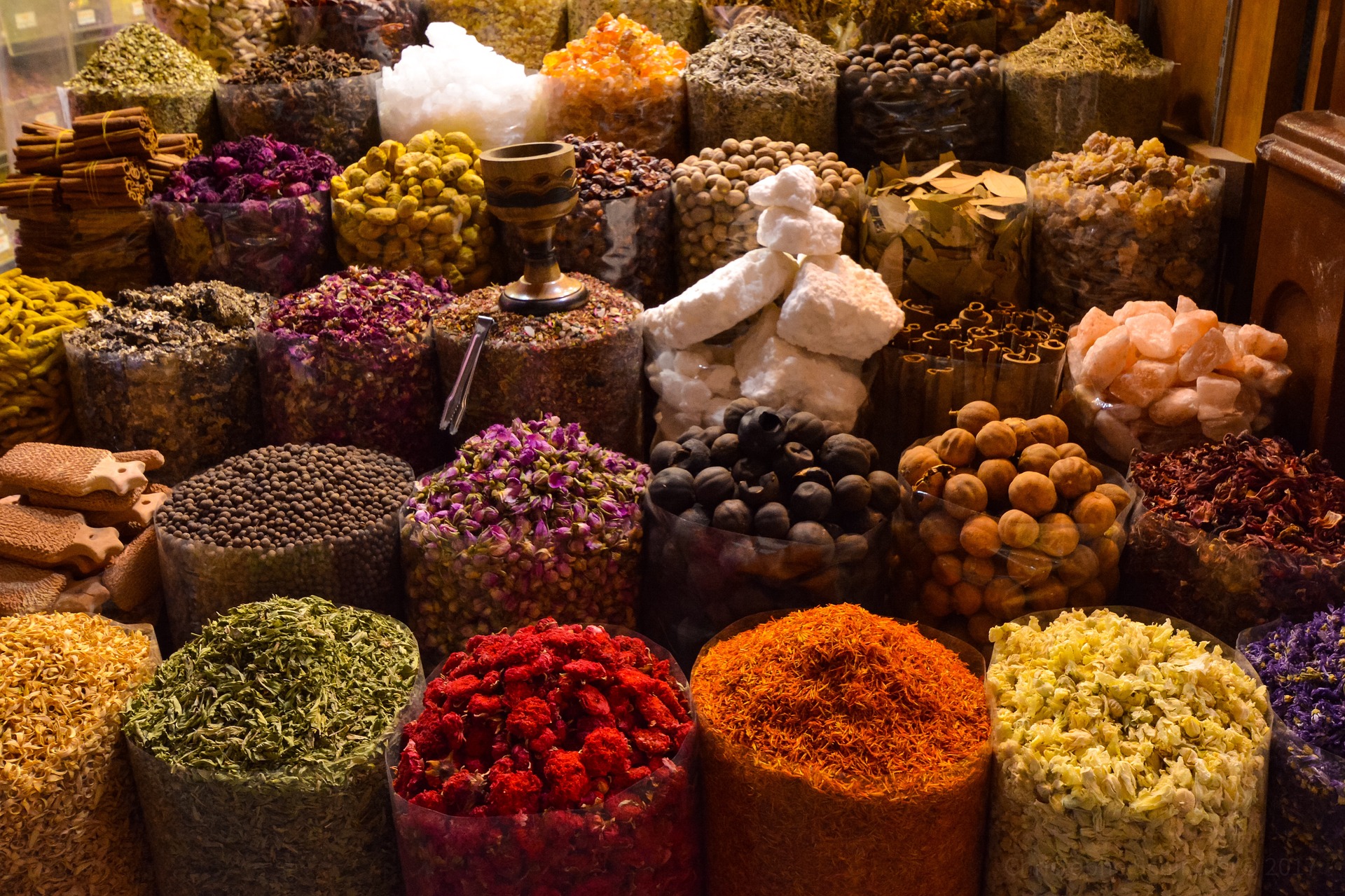
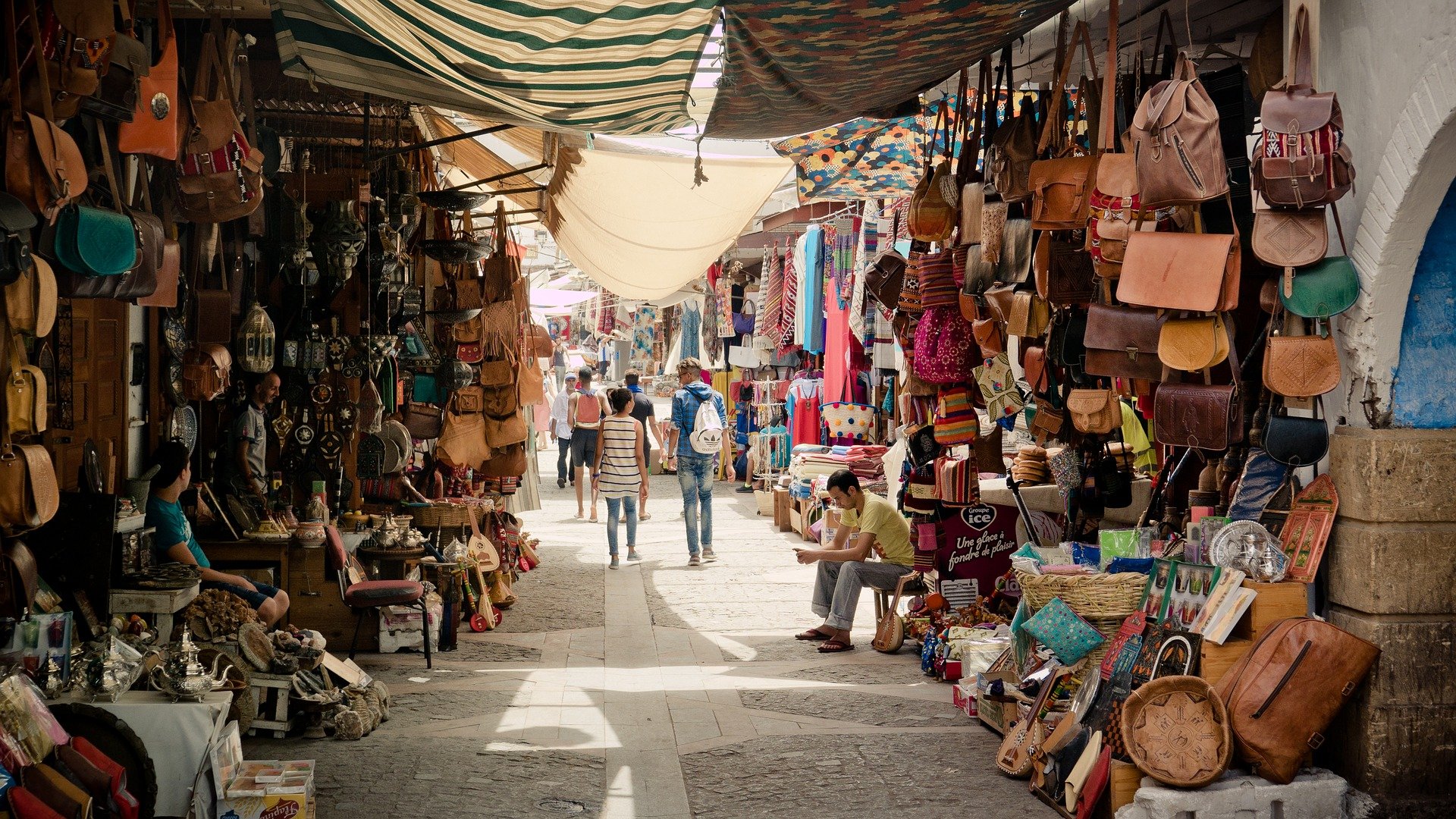
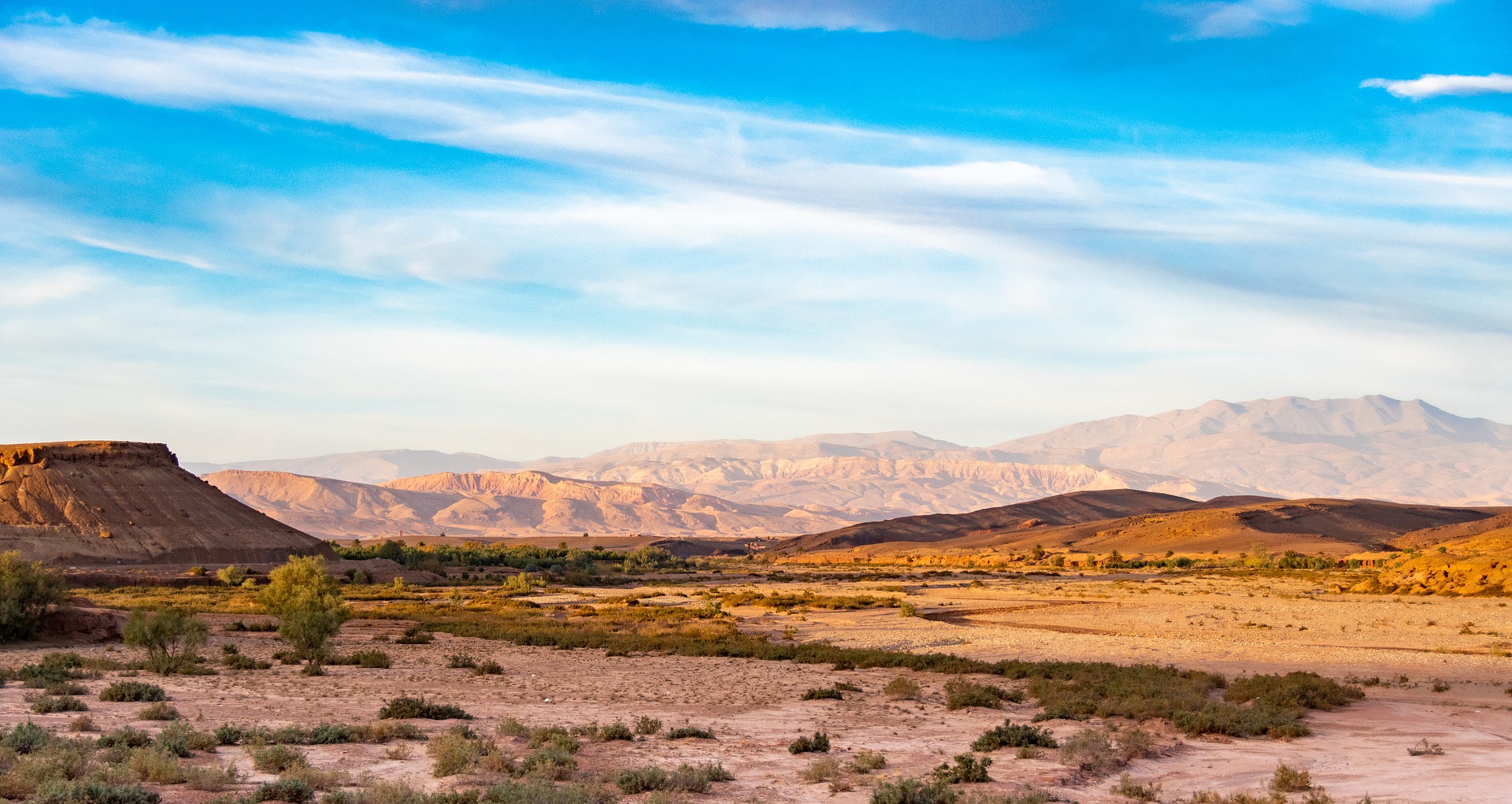
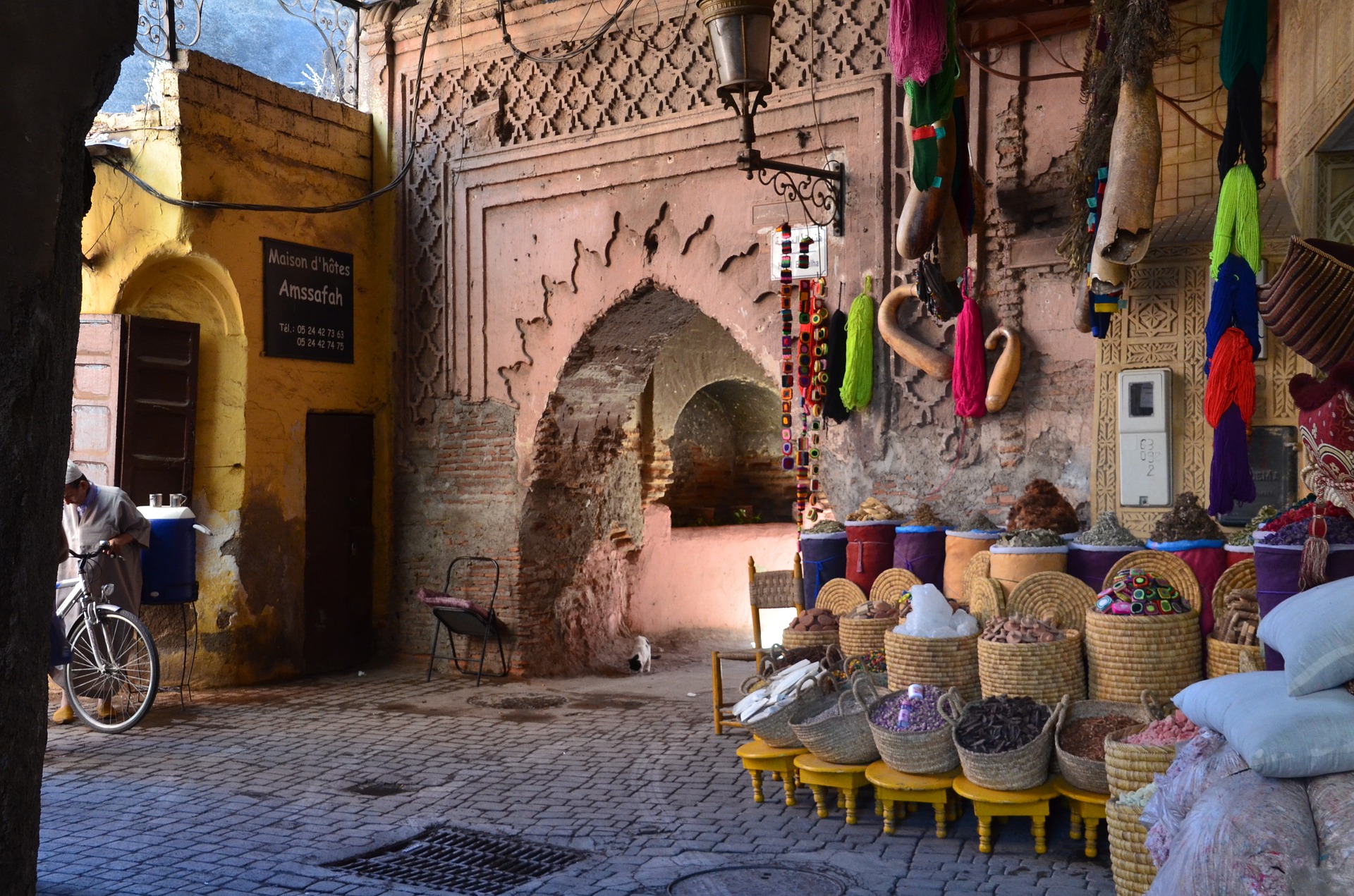























Reviews
There are no reviews yet.